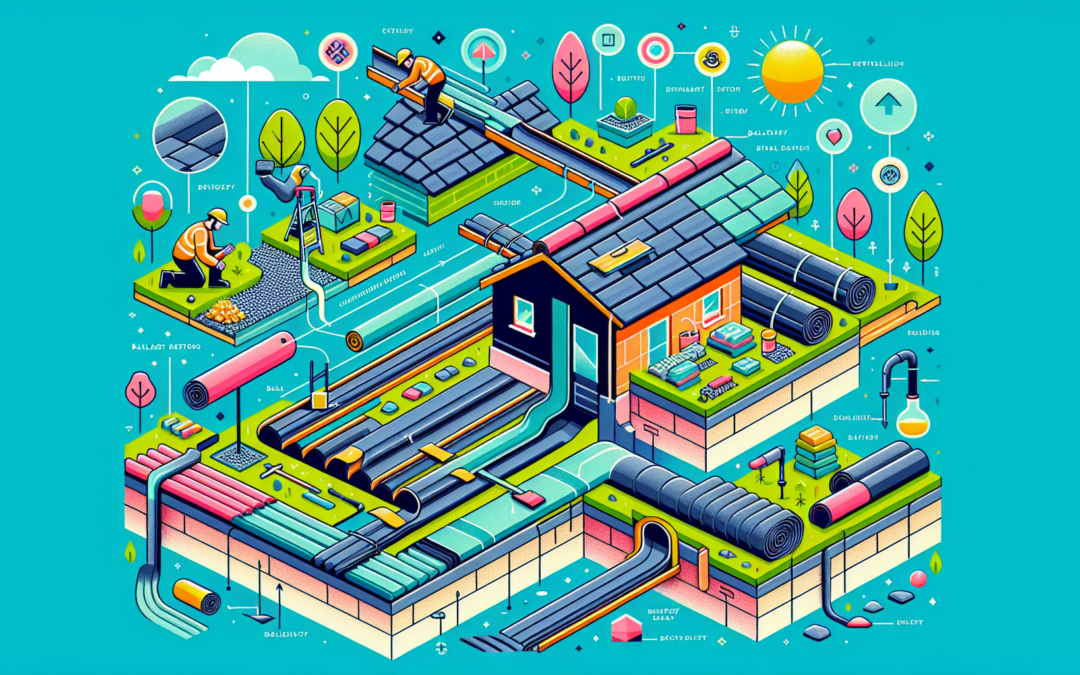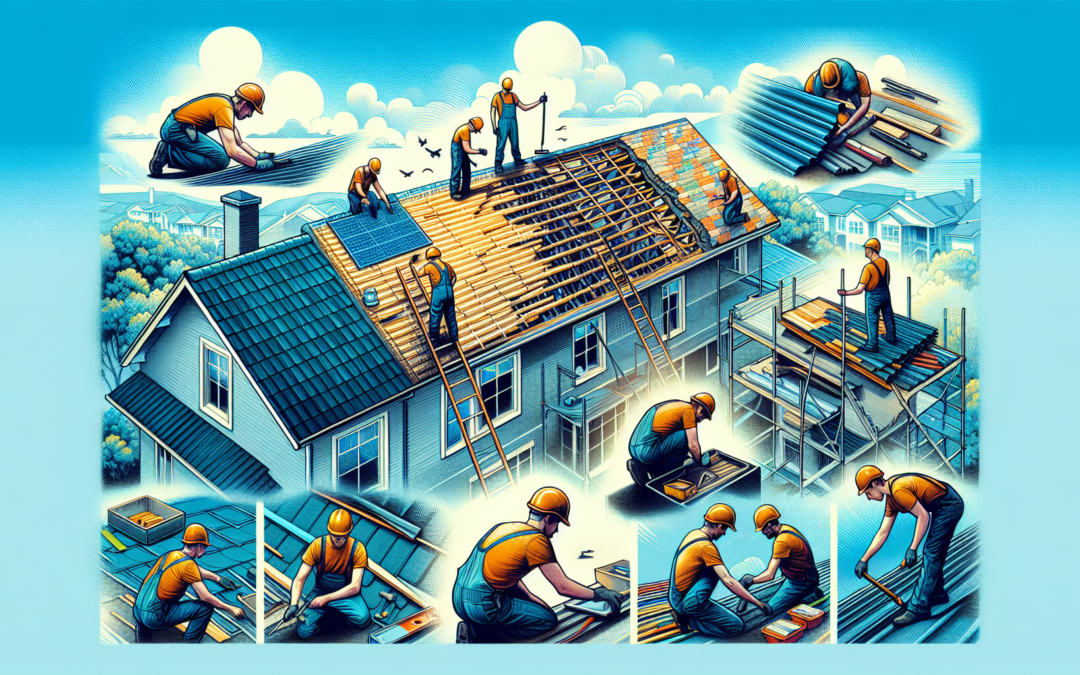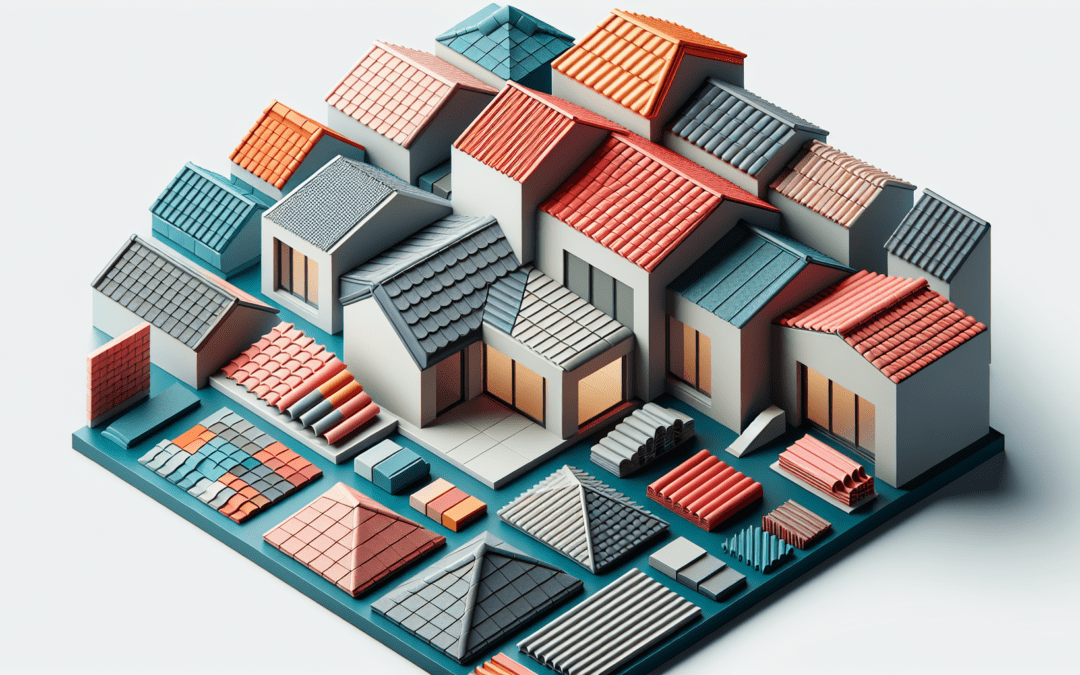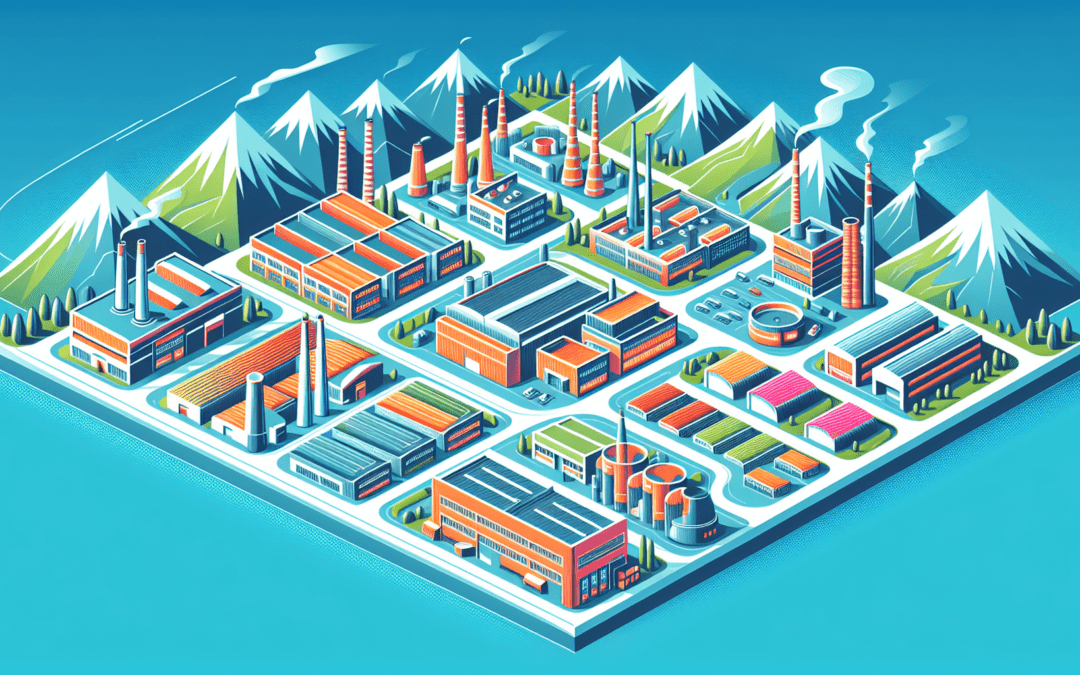
Mar 21, 2024 | Contractors, Cost Guides, Roofing
When you need to get your roof fixed or replaced, you want everything to go smoothly. After picking the right roofing contractor, the next step is figuring out how to pay them. There are many ways to pay for roofing services, and each has its pros and cons. Let’s explore the top payment methods so you can find the one that’s best for you.
Cash Payments
Paying with cash is the simplest way. It’s straightforward – you hand over the money, and the job gets done. Many contractors like cash payments because they’re easy to manage. The downside is that carrying a lot of cash can be risky, and there’s no paper trail unless you get a receipt.
Checks
Checks are a traditional way to pay for services like roofing. They are safer than carrying cash and provide a record of your payment, which can be helpful for keeping track of your spending and for tax purposes. However, checks can take a few days to clear, which might delay the start of the work on your roof.
Credit Cards
Credit cards are a convenient and secure way to pay. They offer protection against fraud, and many cards come with benefits like cash back or points for purchases. Paying with a credit card can also give you a bit of extra time to pay off the bill. But, be cautious of interest charges if you don’t pay off your balance right away. Some roofing contractors might also charge a small fee for credit card payments.
Financing
If the roofing job is expensive, financing might be a good option. Some roofing companies offer financing plans, allowing you to pay for the roof over time. This can be helpful if you don’t have the full amount up front. It’s important to read the terms carefully, though, to make sure the interest rates and payment plans work for you.
Online Payments
Online payments are becoming more popular. Platforms like PayPal, Zelle, or Venmo allow you to transfer money directly from your bank account or credit card to the contractor. This method is fast and provides a digital receipt for your records. Make sure the roofing contractor accepts online payments before taking this route.
Insurance Claims
If your roof was damaged by weather or some other covered incident, your homeowner’s insurance might cover the repair or replacement. In this case, the payment might go directly from your insurance company to the roofing contractor. You’ll need to work closely with both your insurance provider and the roofing company to make sure all the necessary paperwork is completed.
Finding the right payment method for your roofing project is important. Remember to consider the safety, convenience, and any additional costs or benefits of each option. And always get a receipt no matter which payment method you choose, to keep track of your expenses and for peace of mind.

Mar 13, 2024 | Materials, Roofing
When we talk about houses, one of the most important parts is the roof. It keeps us safe from rain, sun, and all sorts of weather. Now, there’s this cool part of some roofs called the concrete roof ridge. Let’s dive into what it is and why it’s awesome.
What Are Concrete Roof Ridges?
Imagine the top part of your roof, where two slopes meet. That edge right at the top is called the ridge. Now, when you cover this ridge with a special kind of material made from concrete, it’s called a concrete roof ridge. They come in pieces, kind of like Lego, and fit together along the top of your roof. They’re not just good-looking, but they also play a big role in keeping your roof strong and weather-proof.
Key Reasons Why They Rock
1. Super Strong
Concrete is like the superhero of building materials. It’s super tough and can handle a lot of weight and pressure. That means when you have concrete roof ridges, they can help your roof handle things like heavy winds and storms without breaking a sweat.
2. Lasts a Long Time
Another awesome thing about them is that they last for ages. While some roof materials might need replacing after a couple of decades, concrete ridges can keep going strong for much longer. This means you don’t have to worry about fixing your roof all the time.
3. Keeps Water Out
We all know roofs are there to keep water out of our houses when it rains. Concrete roof ridges are like the cherry on top because they seal the deal, literally. They help make sure no water sneaks into your house through the roof, keeping you dry and cozy.
4. Fire Resistant
This is a big one. Concrete doesn’t catch fire like some other materials might. So, having concrete roof ridges can add an extra layer of protection for your home against fires. It’s like having a superhero shield on top of your house!
5. They Look Good
Lastly, let’s not forget about style. Concrete roof ridges can come in different shapes and colors. This means you can pick ones that make your roof look even cooler. It’s a way to add a touch of personality to your home while keeping it safe and sound.
Final Thoughts
So, there you have it. Concrete roof ridges are not just another part of the roof; they’re a key player in keeping your home safe, dry, and looking good. They’re tough, long-lasting, and a smart choice for any house. Next time you’re looking up at a roof, remember the cool role those concrete ridges are playing.

Mar 1, 2024 | Commercial, Materials, Roofing
When it comes to covering a building, the roof plays a huge role in protecting it from weather like rain, snow, and super hot sun. There’s one type of roofing called a ballasted rubber roof that’s especially interesting. Let’s dive into what this is all about, its benefits, and how it’s put on buildings.
What is a Ballasted Rubber Roof?
A ballasted rubber roof involves laying down large rubber sheets on top of a roof. These sheets are not glued or nailed down. Instead, they are held in place by heavy materials like stones or pavers. This is what ballasted means – using weight to keep things in place. These rubber sheets are great at keeping water out and can be fitted to lots of different roof shapes and sizes.
Benefits of Ballasted Rubber Roofs
Why choose a ballasted rubber roof? There are several cool benefits:
- Easy to Install: Since the rubber sheets are not attached with nails or glue, they can be laid down more quickly than some other types of roofs. This can save time and money.
- Durable: The rubber material is tough and can handle all sorts of weather without breaking or getting damaged easily. It also lasts a long time, which means you won’t have to replace it as often.
- Eco-friendly: Some of the rubber used can be recycled, which is good for the planet. Plus, the stones or pavers that weigh down the sheets can sometimes be gathered from the local area, reducing the need for transporting materials from far away.
- Protects the Roof: Besides keeping water out, the weight on top can help protect the roof from being damaged by things like wind or walking on it.
How is a Ballasted Rubber Roof Installed?
Putting in a ballasted rubber roof is a unique process:
- Preparation: First, the roof surface is cleaned and checked for any damage. Any problems have to be fixed before the rubber goes down.
- Laying the Rubber Sheets: Next, big rubber sheets are rolled out over the roof. The edges of these sheets overlap a bit to make sure no water gets through.
- Adding the Ballast: Once the rubber is laid out, heavy materials like gravel, stones, or concrete pavers are spread over the top. These materials are what keep the rubber sheets in place.
This roof setup can be done relatively quickly, and it works well for flat or low-sloped roofs.
Conclusion
Ballasted rubber roofs are a smart choice for many buildings. They are quick to install, last a long time, are good for the environment, and help protect the building from weather damage. If you’re considering a new roof, this might be a great option to think about!

Feb 29, 2024 | Materials, Roofing
What is EPDM Roofing?
When we talk about roofs, there are many kinds we can choose from. But have you heard of EPDM roofing? EPDM stands for Ethylene Propylene Diene Monomer. It’s a mouthful, but in simple terms, it’s a kind of rubber. This rubber is very strong and can last a long time, making it perfect for roofs. The cool thing about EPDM roofing is that it’s not just tough; it’s also flexible, which means it can expand and shrink with the weather without cracking or leaking. This makes it a great choice for places with changing weather conditions.
What Does Ballasted Mean?
So, what do we mean when we say ballasted EPDM roofing? Ballasted simply means that the EPDM rubber sheet on the roof is held down by weight. Instead of using glue or nails, this type of roof uses stones or gravel to keep the rubber in place. These stones are not just any stones, though; they are specially selected for their size and weight to make sure they do the job right.
How Does Ballasted EPDM Roofing Work?
Putting together a ballasted EPDM roofing system is like building a big puzzle. First, a protective layer is laid down over the roof to keep it safe from the rubber sheet. Then, the big, flexible sheets of EPDM rubber are rolled out across the roof. These sheets overlap a bit at the edges to make sure water can’t sneak through. Finally, the stones or gravel are spread out over the rubber sheet to hold everything in place. The weight of the stones keeps the rubber sheet secure, even when the wind blows or the rain pours down.
Advantages of Ballasted EPDM Roofing Systems
Why might someone choose a ballasted EPDM roofing system? Well, there are several good reasons. First, it’s a bit easier to install since there’s no need for glue or nails. This can make the whole process quicker and less expensive. Another big plus is that if a part of the roof needs to be fixed, it’s easy to just move the stones and work on that spot. The EPDM rubber is also great at keeping water out, making it a reliable choice for buildings in wet climates. And because the rubber is long-lasting, this type of roof doesn’t need to be replaced as often as some other kinds.
Is a Ballasted EPDM Roofing System Right for You?
Choosing the right roof depends on many things, like the weather in your area and what your building is used for. Ballasted EPDM roofing systems are an excellent option for many, but they’re not perfect for everyone. They work best on flat or slightly sloping roofs. If you’re thinking about getting a new roof, it’s a good idea to talk to a professional who can help you decide if a ballasted EPDM roofing system is a good fit for your needs.
Conclusion
In the end, ballasted EPDM roofing systems offer a durable, cost-effective, and easy-to-maintain option for those looking for new roofing. With the benefits of simplicity in installation and repairs, along with strong weather resistance, it’s a choice worth considering for many building owners.

Feb 21, 2024 | Materials, Roofing
When it comes to keeping your house safe and sound, picking the right pieces for your roof is key. One important part is the ridge tiles that sit on top of your roof. They don’t just make your home look nice; they also stop water from getting in. If you’re thinking about using concrete ridge tiles, you’ve made a great choice! They’re strong, can last a long time, and don’t cost too much. But, with so many options, how do you pick the best ones? Here’s what you need to know.
Why Pick Concrete?
Concrete is a mix of sand, cement, and water, and it’s really good for making ridge tiles because it’s tough. It can handle all sorts of weather, like hot sun, heavy rain, and even snow, without breaking down quickly. Plus, it’s not expensive, which means you get a good deal for something that lasts long.
Styles and Colors
Concrete ridge tiles come in different shapes and colors. Some are smooth and straight, while others might have patterns or look like old-fashioned clay tiles. When choosing, think about your home’s style. Do you want it to look modern or more traditional? There are enough options to match any house’s look. For color, pick one that goes well with the rest of your roof and walls. Most people choose similar colors to make their home look neat and put together.
Quality and Durability
Not all concrete tiles are made the same. Some are stronger and will last longer. When shopping, look for tiles that have a good rating for being tough and weather-resistant. This might mean paying a bit more, but it’s worth it since you won’t have to replace them as often. Also, check if they come with a warranty. This is a promise from the company that they believe in their product and will replace them if there are any issues.
Installation
Putting in ridge tiles can be tricky, so it’s usually best to hire professionals. They know exactly how to fit them so your roof looks great and doesn’t leak. When choosing tiles, ask about the installation process. Some types might be easier to install, which could save you some money on labor costs.
Think About the Environment
Finally, it’s good to think about the environment when choosing your tiles. Concrete is not hard to make and doesn’t harm the planet as much as some other materials. However, it still has some impact. Look for tiles made with less water and energy or from companies that are trying to reduce their carbon footprint. This way, you’re not just protecting your home but also helping the planet.
Choosing the best concrete ridge tiles for your home means looking at their style, how strong they are, and how they’re made. It’s also important to think about how they will be put on your roof and their impact on the environment. Take your time to look at all your options and talk to professionals if you need advice. In the end, you’ll have a roof that not only looks great but also does a fantastic job at protecting your home.

Feb 13, 2024 | Commercial, Materials, Roofing, Suppliers
When it comes to building or renovating a home, choosing the right roof is important. Concrete roof tiles are a popular choice for many in Virginia, thanks to their durability, style, and ability to withstand the state’s varied weather. If you’re on the hunt for top-notch concrete roof tiles, there are a few manufacturers in Virginia you should know about. Let’s dive into some of the best in the business.
Eagle Roofing Products
First on the list is Eagle Roofing Products. Though they have locations across the United States, their reputation for quality makes them a go-to for Virginia homeowners. They offer a wide range of styles and colors, ensuring that there’s something for every type of home. Eagle Roofing is known for their excellent customer service and durable products that can last for decades.
Boral Roofing
Boral Roofing is another leading manufacturer that supplies to Virginia. They’re recognized for their commitment to sustainability and energy efficiency. Their concrete roof tiles not only look great but also help keep your home cooler in the summer, which can save you money on air conditioning. Boral’s products are a great blend of style, performance, and eco-friendliness.
Entegra Roof Tile
Although Entegra Roof Tile might not be based in Virginia, they have a strong presence and supply network in the state. Known for their wide selection of colors and finishes, Entegra helps homeowners achieve just about any look they desire. From traditional to modern styles, Entegra’s tiles are made to impress. Their commitment to quality ensures that your roof will stand the test of time.
Ludowici
Ludowici might be more famous for their clay tiles, but their concrete roofing options shouldn’t be overlooked. With over a century of experience, Ludowici offers timeless designs alongside innovative, contemporary styles. Their products come with a 75-year warranty, which is one of the best in the industry. Though they’re on the pricier side, the quality and aesthetics you get are unmatched.
Choosing the Right Manufacturer for Your Home
When picking a concrete roof tile manufacturer, consider factors like budget, style preference, and environmental impact. It’s also wise to compare warranties and customer service records to ensure you’re making the best choice for your home. Installing a new roof is a significant investment, so doing your homework will pay off in the long run.
In conclusion, Virginia is home to many excellent concrete roof tile manufacturers. Whether you’re looking for sustainability, a wide range of styles, or durability, there’s a company out there to meet your needs. By considering one of the top manufacturers listed above, you’re sure to find the perfect roof tiles to protect and beautify your home for years to come.






